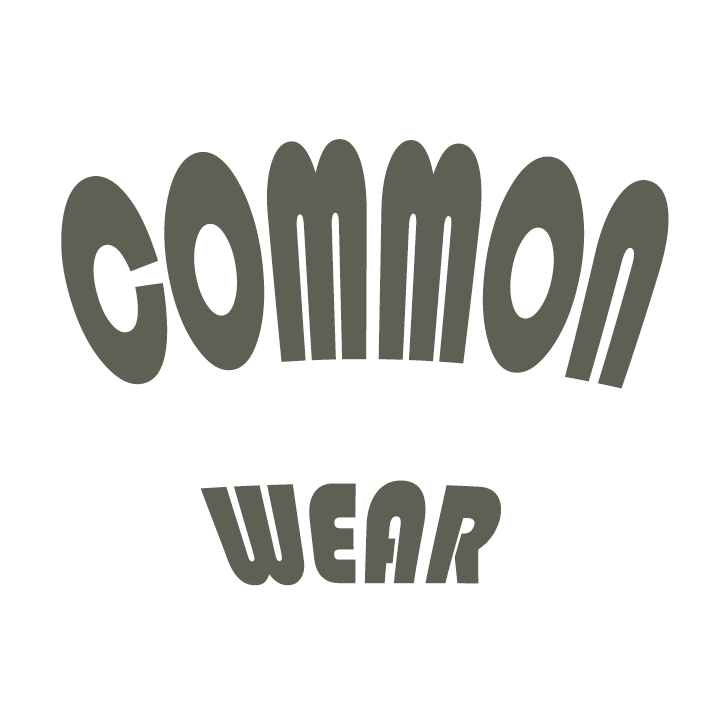Sparse Neural Networks are gaining attention for their ability to deliver compact, efficient models suitable for resource-constrained environments like edge devices. This chapter examines and compares the performance of sparsely-trained Convolutional Neural Networks versus traditional dense models for binary classification tasks using medical image data. Experiments on low-resolution grayscale images (e.g., (28 \times 28) pixels) demonstrate that high sparsification levels (> 75 %) can nearly match the performance of dense counterparts while reducing inference time and memory usage—boosting efficiency in edge computing scenarios. However, extremely high sparsity (e.g., > 90 %) may lead to unstable performance.
